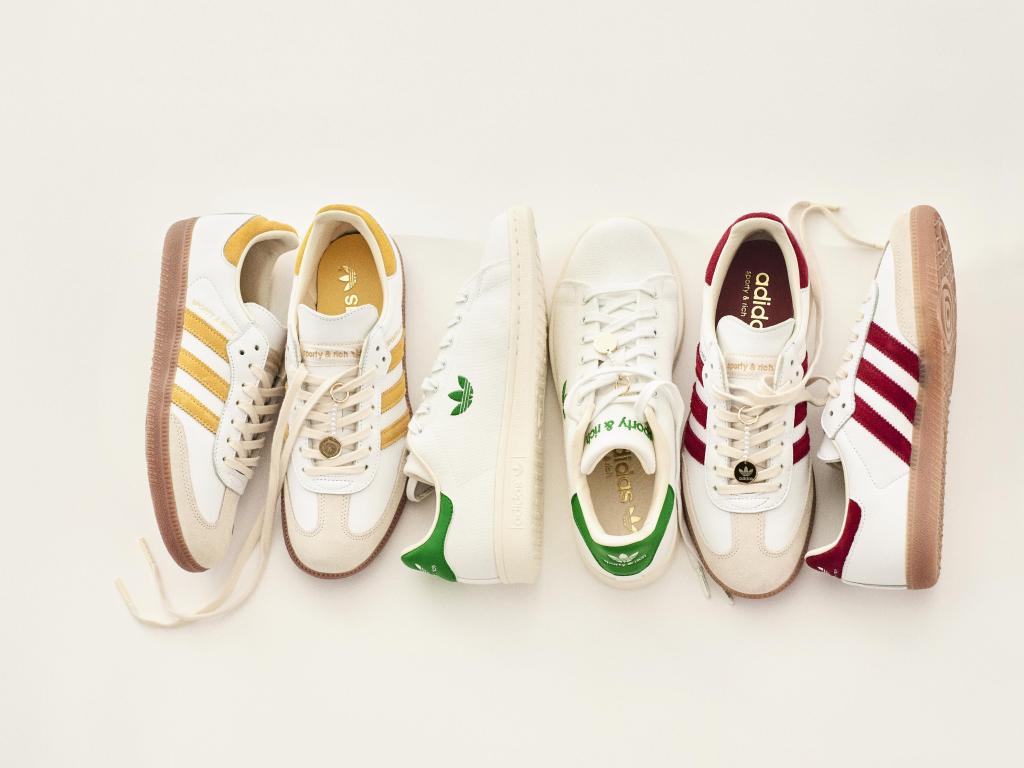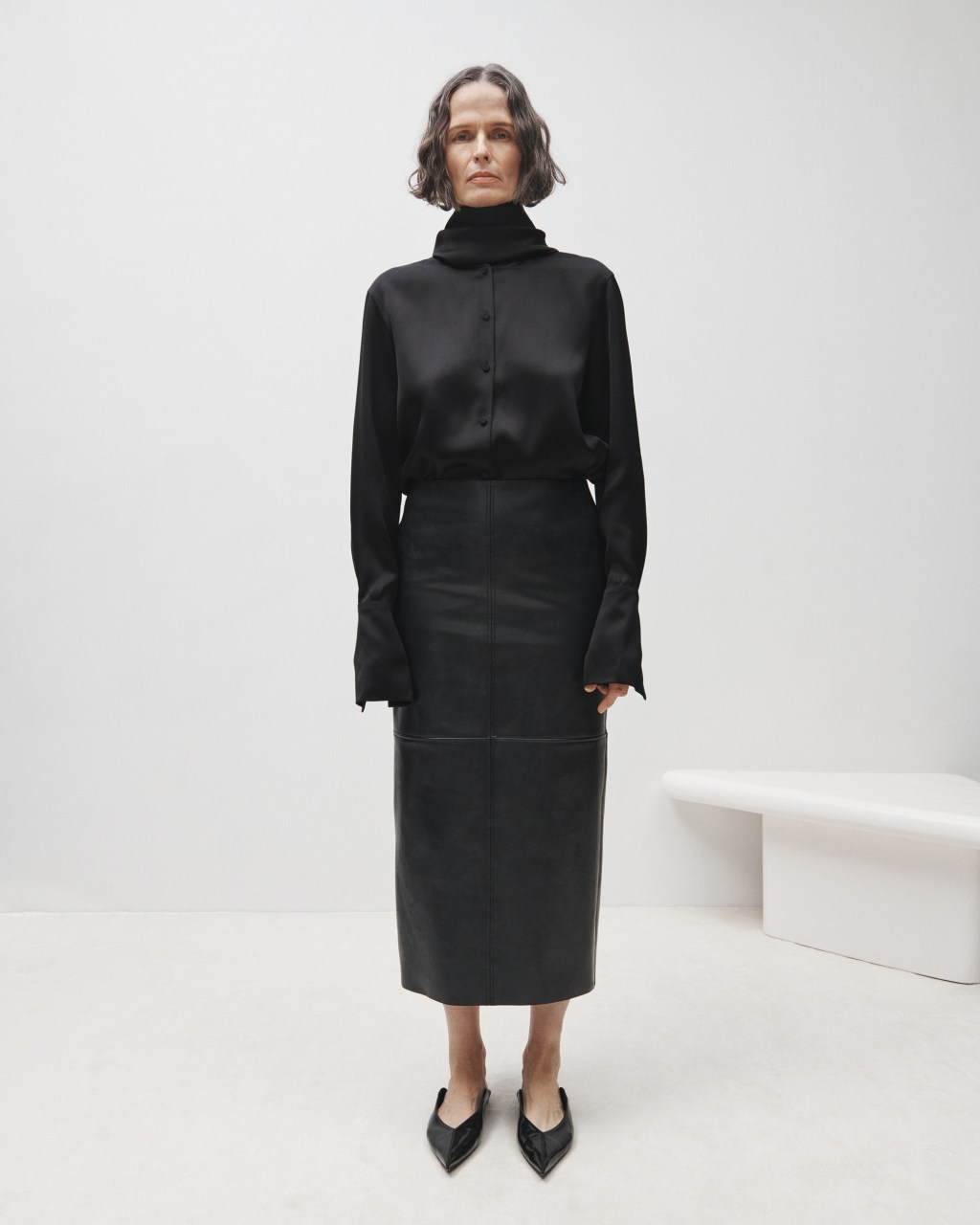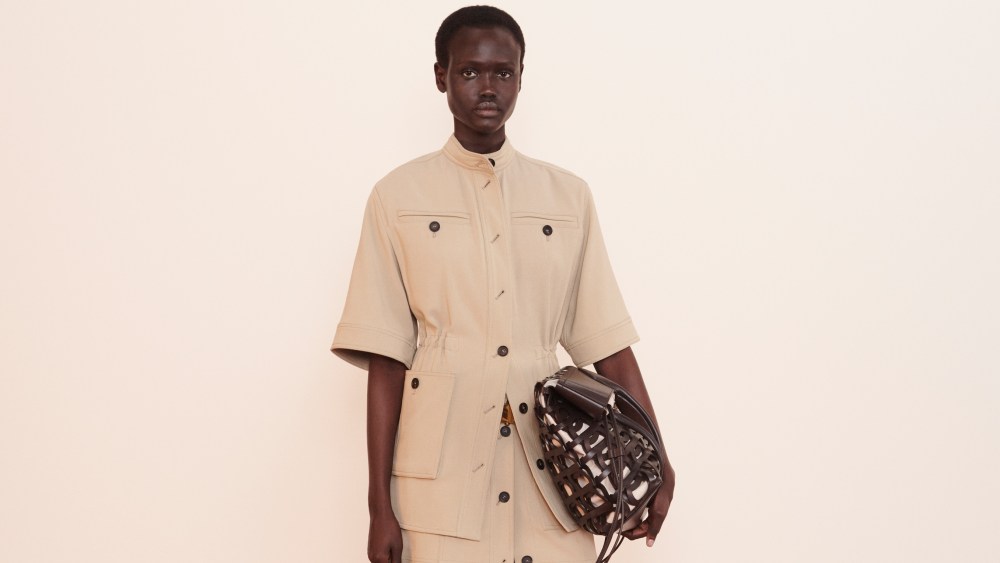BERLIN – Adidas just managed to return to growth in the third quarter, reporting a 1 percent increase in sales in currency neutral terms to 5.99 billion euros.
“[The third quarter] was another quarter where we saw progress and where the results were better than expected,” Adidas chief executive officer Bjorn Gulden said in a statement. Current performance isn’t good enough though and the company still needs time to improve, he also conceded.
The German brand’s new boss, who took over in January, has already stated he doesn’t expect to see “a good and profitable Adidas” until 2025. But, Gulden added in Wednesday’s statement, “I feel we are improving every day.”
This quarter’s results mean that for the first nine months of the year, Adidas’ growth was flat in currency neutral terms, with revenues of 16.62 billion euros. Last year, the company had made 17.31 billion euros by now.
Following the quarterly results, Adidas raised its guidance again. This is the second time it has done so this year. At the beginning of the year, the sportswear giant said it expected a decline in revenues in the high-single digits for the full year. Given gradual improvements up until now, the company said it now expects declines in the low-single digits.
In terms of sale territories, Adidas saw growth in its largest market, Europe, the Middle East and North Africa. Revenues in the region increased 1.9 percent in currency neutral terms to hit 2.39 billion euros in the third quarter.
North America was problematic, with sales there falling 8.8 percent to 1.48 billion euros.
Adidas is dealing with higher inventory levels, and therefore increased discounting, in North America and is trying to reduce the level of goods it has there, the company explained. There was also consecutive improvement here: in the second quarter, sales in North America had fallen 16 percent.
Every other sales territory saw growth, including Greater China, a market that Adidas had previously focused on and which dragged on the company’s ledgers during ongoing pandemic lockdowns in that country. In Greater China, sales rose 5.7 percent in currency neutral terms, and in Asia Pacific, they were up 6.8 percent. That equaled revenues of 870 million euros and 567 million euros, respectively.

Adidas footwear sales rose 6 percent. This included double-digit growth in the Originals category as the so-called “terrace styles” – the Samba, Handball and Gazelle shoes – become increasingly fashionable with customers. Apparel sales suffered from high inventory levels, the company noted, and fell 6 percent. Accessories revenues were down 3 percent during the quarter.
Adidas is also still struggling with the hangover from the October 2022 end of its extremely lucrative collaboration with the rapper formerly known as Kanye West and the resulting Yeezy line of products. The brand has been trying to work out what to do with unsold product ever since and started selling some left-over Yeezy product earlier this year. In the third quarter, Yeezy products brought in 350 million euros, versus 400 million euros in the prior quarter. Some of the Yeezy income is allocated to organizations fighting antisemitism and other forms of prejudice, but what Adidas retains has given the company at least a percentage point bump in revenue every quarter so far.
Adidas noted that in 2022, it made 1.2 billion euros from the Yeezy line over the first nine months of that year.



